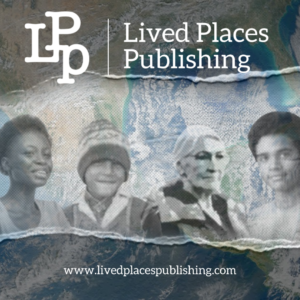In my most recent Learning Belongs in the Library Column, I discuss my view on the importance of publishers supporting librarians in their collection development practices and the faculty who choose to teach critical race theory.
Click to read the complete article: https://www.charleston-hub.com/2022/03/learning-belongs-in-the-library-on-critical-race-theory-and-book-banning-publishers-speak-up/

